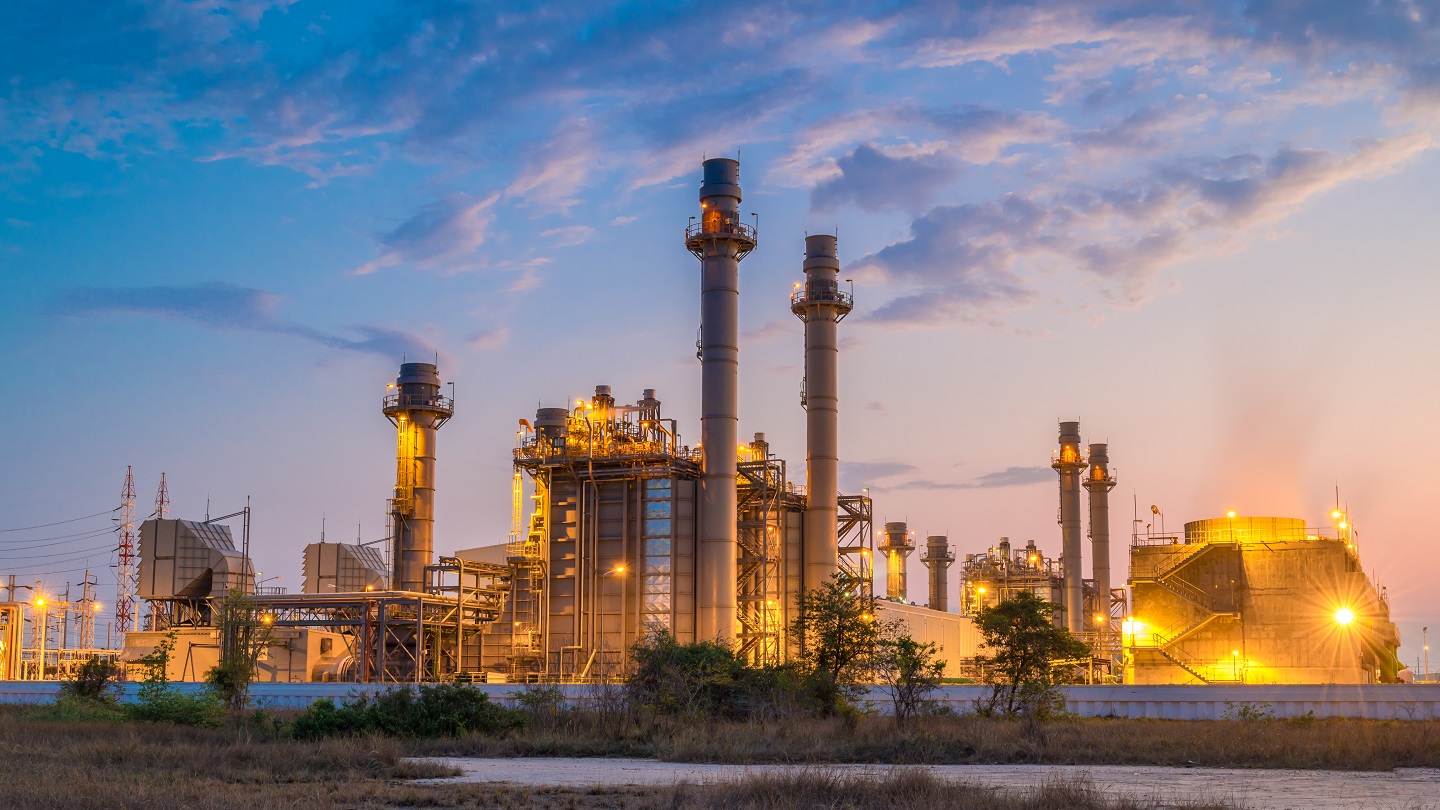
Italian-based oilfield services company Saipem and its joint venture (JV) partner Clough have reached financial close on the Ceres urea facility in Western Australia.
The contract signed by the JV with Perdaman Chemicals and Fertilisers is worth more than $2.8bn. Both entities own a share of $1.4bn.
Situated on the Burrup Peninsula north of Karratha, the Ceres factory will have the capacity to manufacture almost two million metric tonnes of urea a year.
This facility is expected to create around 2,000 construction and 200 permanent jobs throughout the operational phase.
Perdaman and the JV aim to make the facility net carbon zero by 2050. The parties will use global best practices for greenhouse gas emissions, as part of their commitment to climate change mitigation.
Clough CEO and managing director Peter Bennett said: “We are proud to be part of such a strategic project for Western Australia, that will provide positive economic, financial, social, and environmental outcomes for the communities around it.
“The project is a true value-adding manufacturing facility for one of Australia’s most valuable natural resources – natural gas.
“The joint venture has worked collaboratively with Perdaman for several years on the development of this project, and we look forward to continuing the collaboration between the City of Karratha, Murujuga Aboriginal Corporation and Traditional Custodians of the land for the benefit of all.”
Danish gas company Topsoe’s SynCOR Ammonia technology will be integrated into the fertiliser facility, allowing for the development of the world’s largest ammonia plant on a single synthesis reactor while Saipem’s Snamprogetti urea technology will be used to generate urea.
Saipem chief commercial officer Fabrizio Botta said: “Saipem has a unique experience and track record in the construction of urea/ammonia complexes.
“The project represents a worldwide reference in terms of high energy efficiency and degree of modularisation.
“Flue gas CO₂ emissions are minimised, and the majority of the CO₂ is captured directly in the precombustion process according to a design scheme typical of blue ammonia projects.”



